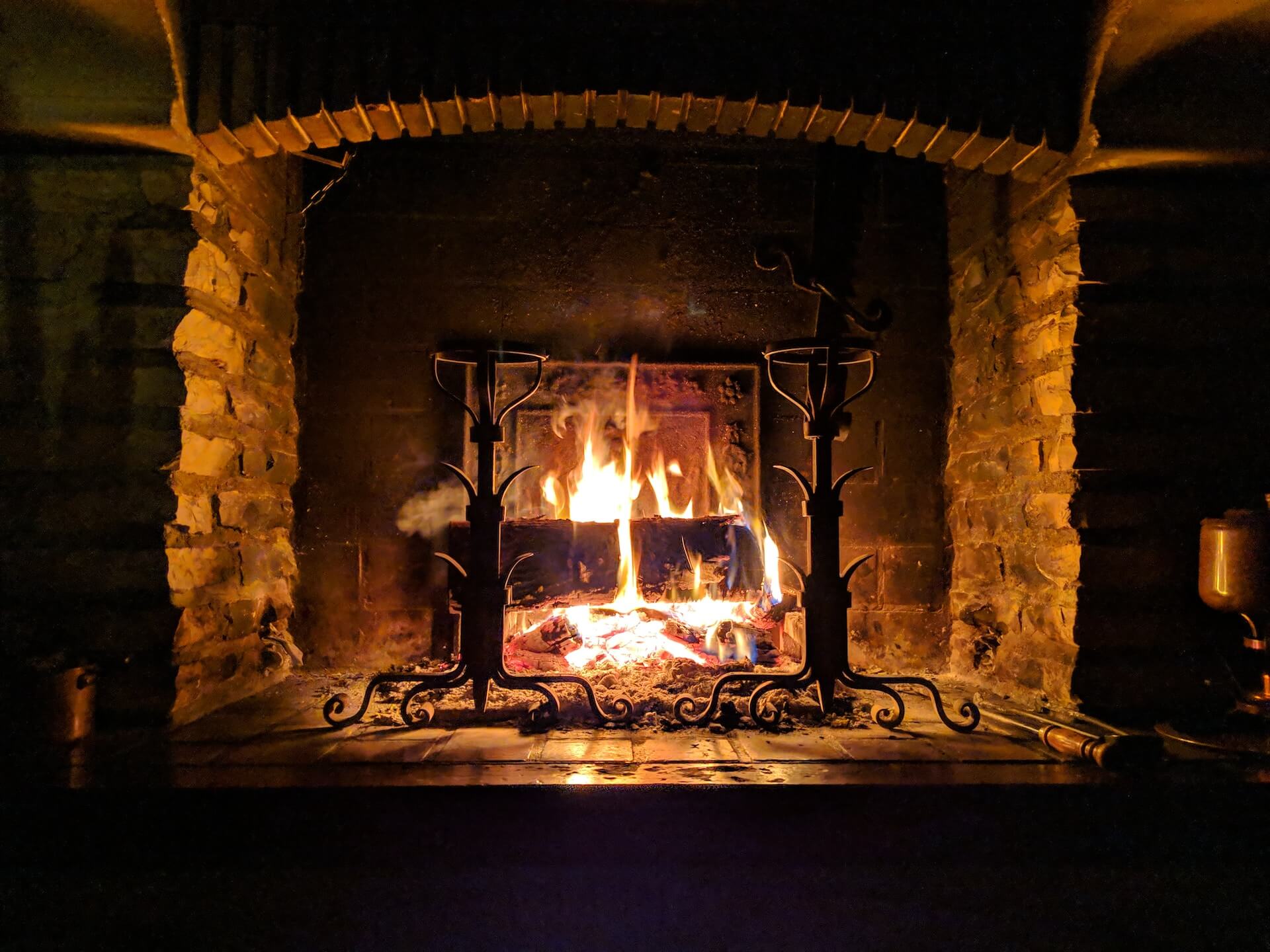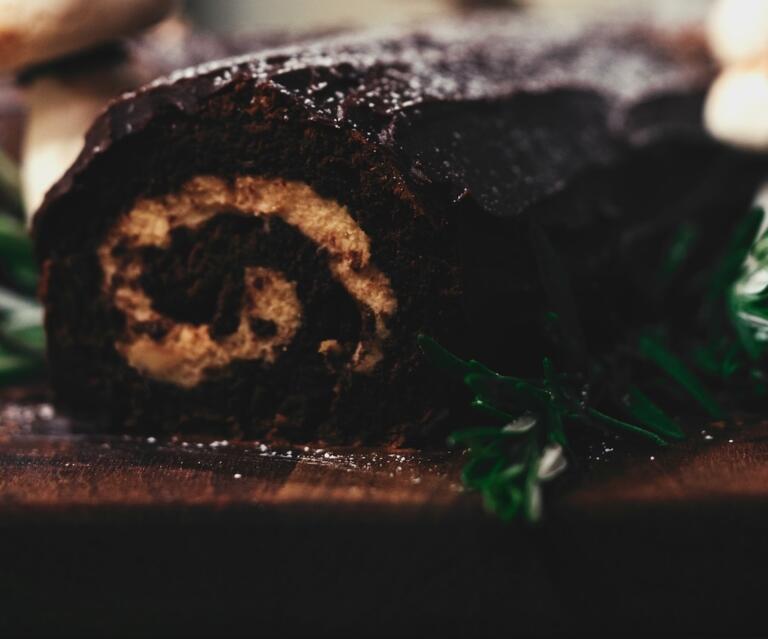Thinking of Christmas most of us picture the jolly old man in red with a white beard and hair and not Yule. But what is yule and how did it become a tasty cake? Christmas is not the only holiday, it’s just the most common in the Western world. Even so, its origin and current celebration are diverse and contested.
Which is where Yule comes in.
Yule and the passing of the seasons
Wherever people have lived, the seasons have been a major disruptor of life. Because of this, we still live our lives in accordance with the seasons.
It might not seem like it, because we’ve mined the hell out of the planet’s resources but no amount of human intervention will stop a hurricane, or the sun from setting.
Agriculture is not a day-to-day activity for a lot of us so we won’t keep track of solstices and equinoxes to praise the gods for better crops.
But Christmas still happens.
This celebration with old jolly smiley Santa is just a cannibalized Christian version of the pagan Yule in many, but not all, countries.
Germanic origins of Yule
We say “Germanic” but Yule also comes from Scandinavian roots, which makes more sense when we think about it. Northern regions get less sunlight in winter, and the Yule log with the celebration in question brings light and hope in the darkness.
The name “Yule” and its origins are widely contested. Either originating from the Old Norse “Jol” or an Old English word “hwéol” that means wheel.
All these names can indicate a connection to the passing of time, and the shortening of the day as winter comes with darkness.
What does Yule celebrate?
Even though the name itself is hard to pin down, many sources seem to agree that Yule was a pagan celebration of the Germanic people. What exactly this celebration looked like or what the celebrations were for, are however less precise.
Speculations vary around the idea of fire, light and the hope that spring will come again. Keeping a fire stoked in a home might just be the thing that keeps the sun warm and coaxs it to return.
This would also suggest that Yule was not one day of celebration but an entire period of observing it. Much like people fast in Christianity for a period of time.
This period of Yule was probably around 12 days, which also probably ties into the song “12 days of Christmas” in modern times.
The Yule log
The eponymous Yule log we know of today was not the tasty sweet we envision but an actual wooden log. You would take a whole log and burn it in the hearth for the duration of the many days of Yule.
Another symbolic way of keeping a vigil of and with light, for the sun in a way. Burning a log like this had to be done over the course of the allegedly 12 days.
The Yule log cake
All these are vestiges of the Yule celebrations of the past. As with oral storytelling, we don’t know for sure how Yule was celebrated or what changed through the years.
We do know where the Yule log ended up, and that is in the form of the delicious log-shaped cake. We’ve replaced the log burning with cake eating which is not that bad a trade.
Conclusions
Winter festivities are not limited to Yule or its derivatives for Christmas. There are other traditions dating back to paganism. Not all have their roots in Yule. Most have been adapted by Christianity to serve their purpose and bring more followers.
However you may choose to celebrate it appears we all are fascinated by the sun’s movement in the sky. This is especially true when it no longer brings as much light.



Leave a Comment